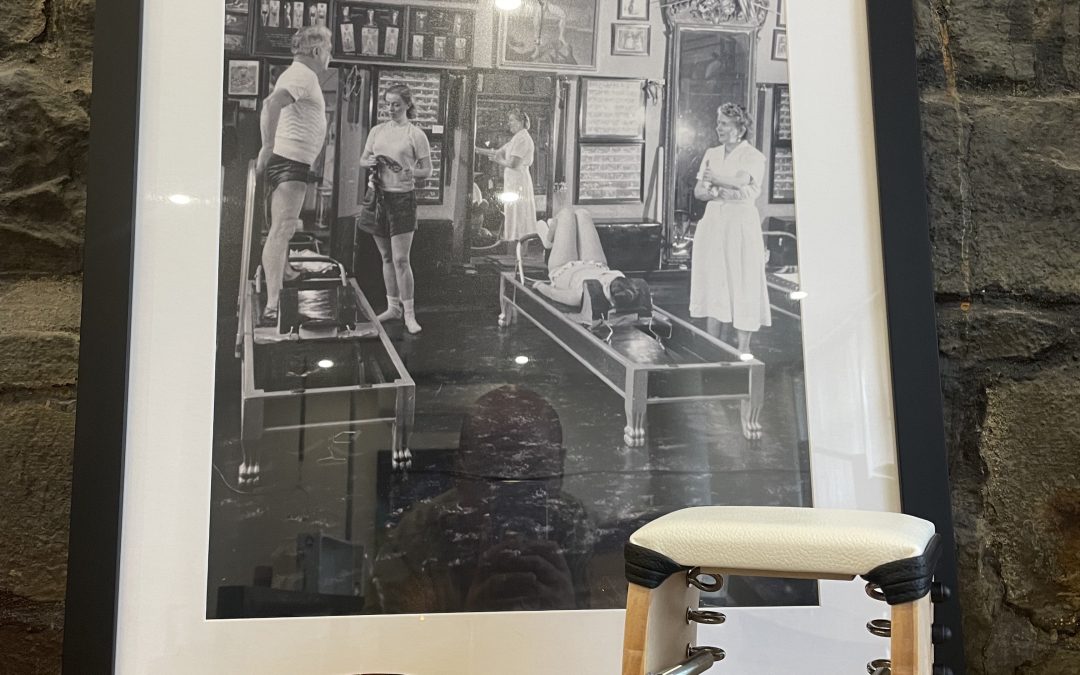Here’s a short anatomy lesson about your inner structure, read part two to take it into the studio.
Your spine: Design and function
Articulation is your ability to move your spine in smaller segments rather than big chunky blocks or as one piece.
Our spine is designed with the potential to be extremely mobile in certain areas (your neck) and extremely solid (your lower back)… each segment of your spine (Cervical, Thoracic, Lumbar, Sacral) is slightly different in design and function to enable locomotion (walking, running), load-bearing (carrying internal and external forces) and mobility.
In between each vertebra we have a spongy disc that plays many roles in keeping us comfortable – but that’s a can of worms I’ll open down the track.
Your spine is designed as a series of joints in three planes to enable our way of movement, living and loving. If our spine was a single long bone (like your femur, humerus or tibia) it would be more susceptible to fracture and less mobile. Of course, your spine also houses crucial infrastructure for human life … your spinal cord and the nerves which send and receive commands to the brain.
Naturally, the multi-segmental design goes beyond movement and is fit for purpose for our internal communication system.
Why is it important to have this and control over it?
One of the less sexy reasons for spinal articulation is that the design of our spine (many joints and discs) allows for optimal shock absorption and reduces the effect of ground force on the bones and brain. This means that when walking, jogging or prancing with glee the impact from our heel striking the ground travels up the long bones of the legs and is accepted and gradually reduced by each set of spinal joints and the softening (flexion) at our ankles, knees and hips as well.
Without balance (control:mobility) we would be like an unruly garden hose… so it’s crucial to have strength and control over the segments to be rigid and supportive when needed, mobile for intentional movements and free enough to live comfortably at a baseline.
Try this exercise ….
- Move the furniture out of the way and put the wine down
- Keep your knees straight and hop (both legs) on the spot without allowing any bend in your legs
- Notice if you might feel brittle or even a bit rattled in your brain
- Take a break, have a Kit Kat
- Repeat the hopping but allow your legs to soften (bend)
- Feels better?
The relief of allowing the legs to bend provides an example that the multi-joint spinal design is not only fit for purpose but much more comfortable in daily life.
So… why do we focus on it in the studio and how can you benefit?
Some medical conditions ask us to restrict articulation. For these clients, we work to introduce articulation in particular sections in ways that can promote health and preserving existing structures and we do so with deep care and consideration.
Positive outcomes from developing spinal awareness and articulation
- may result in arresting height loss associated with ageing
- provides relief from daily aches and pains (wedged at a desk or car)
- may lead to improved mood and sleep
- Improves performance in athletic endeavours
- Allows you to unlock a greater movement potential and ability to execute high level movements in the studio
- Increases your quality and capacity to breathe
- Impacts and enhances your other senses, by lifting up the upper spine and head your sight, vision and smell may be improved
Check out part two to understand the link between Pilates and articulation!

